Kensington mews house transformed into a haven of Nordic calm
A Kensington Mews house by London architects Finkernagel Ross blends old and new in a residence that bunches well above its weight
Anna Stathaki - Photography

A hotelier client approached London-based studio Finkernagel Ross for a revamp of his newly bought mews property just north of Kensington High Street – and what initially started as an internal domestic refresh soon developed into almost a full rebuild, doubling the home’s size. While the attractive period property looked picture-perfect and is located ideally for its new owners, it was in need of a serious internal update in order to reach 21st-century standards. ‘It became clear that once a property was found, an architect would be needed to help develop the layouts to be as efficient and spacious as possible,’ says practice director Catherine Finkernagel. ‘And that’s where we came in.’
Hailing from Sweden, the client brought to Finkernagel Ross a brief that combined high-end, hospitality-level elegance and comfort, sprinkled with a Nordic sensibility. On top of this, Finkernagel Ross had to take into account the property’s historical nature, as the mews was part of the Holland Park Conservation Area and originally built by William Scott, a brickmaker based in Hammersmith – it used to serve as a stable house for a nearby property, but in recent years was converted to domestic use.
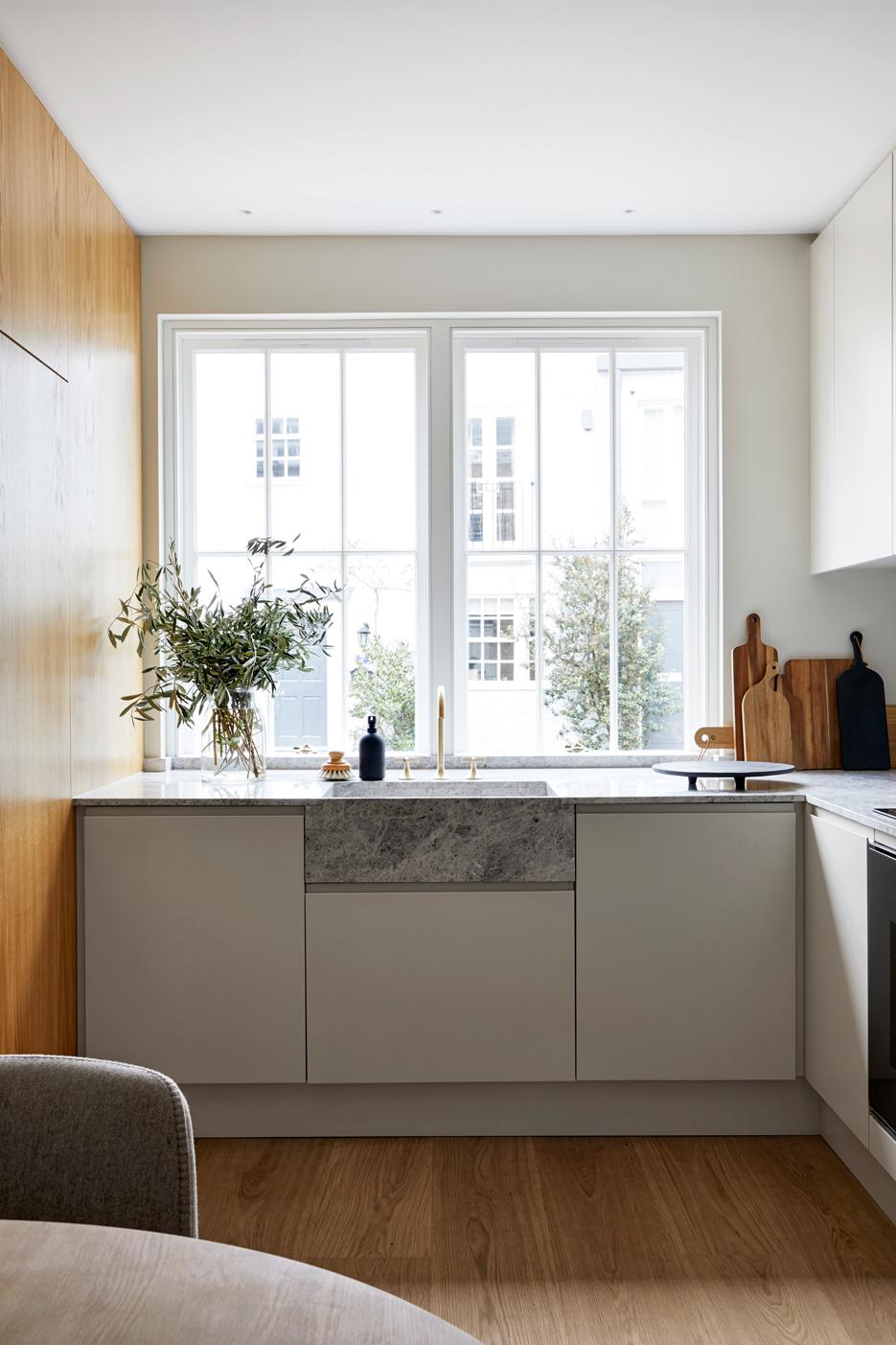
Finkernagel Ross is a deft hand when it comes to clever residential design and masterful conversions, with recent work including period refurbishments and more mews house projects across London. Here, the team further honed their approach to the genre, carefully carving out extra space in the compact structure, while installing all the state-of-the-art services needed to make this an efficient and functional contemporary home – from insulating to fire-proofing, and more.
Working with light and volume, the team reworked the internal arrangement, opened new windows and repositioned walls and circulation entirely. ‘Understanding how the house would be used allowed us to refine the efficiency of the layout so that doors and corridors were a thing of the past and all of the space could be enjoyed and used to its maximum potential,' Finkernagel says. 'The original brief was to refurbish the building, but it quickly became apparent that with the addition of a new basement and top-floor with a mansard roof, the project would be more cost-effective and quicker to build as a new-build.'
The result is a three-bedroom home that feels far more spacious than its external appearance might suggest. Clean surfaces, bespoke joinery and a minimalist take on decor and materials (such as oak, marble, limestone, linen, cotton and brushed brass) enhance the overall sense of serenity. At the same time, careful touches allude to the building’s historical origins and ensure the Conservation Area requirements were met, bridging old and new in this compact residential west London mews gem.
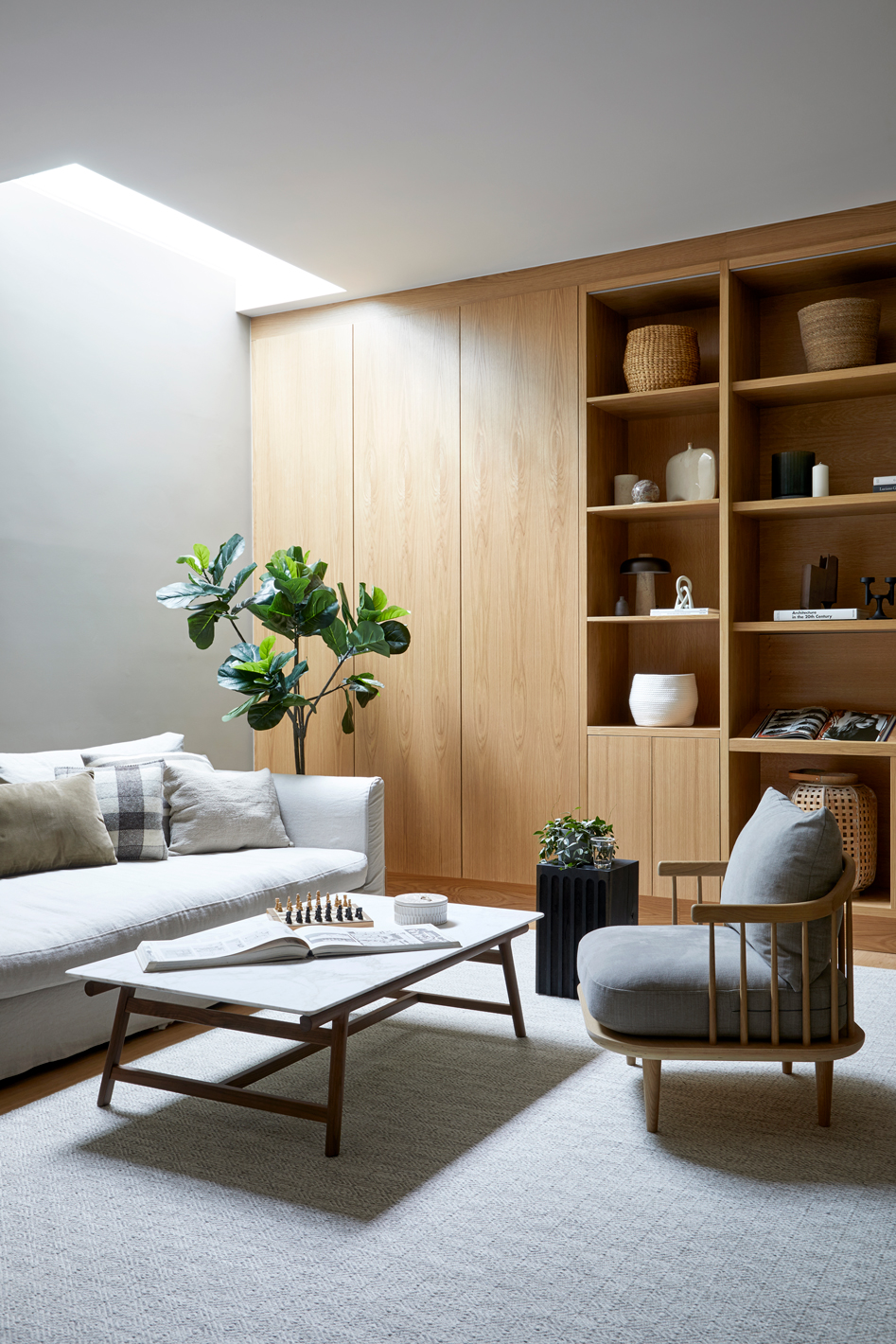
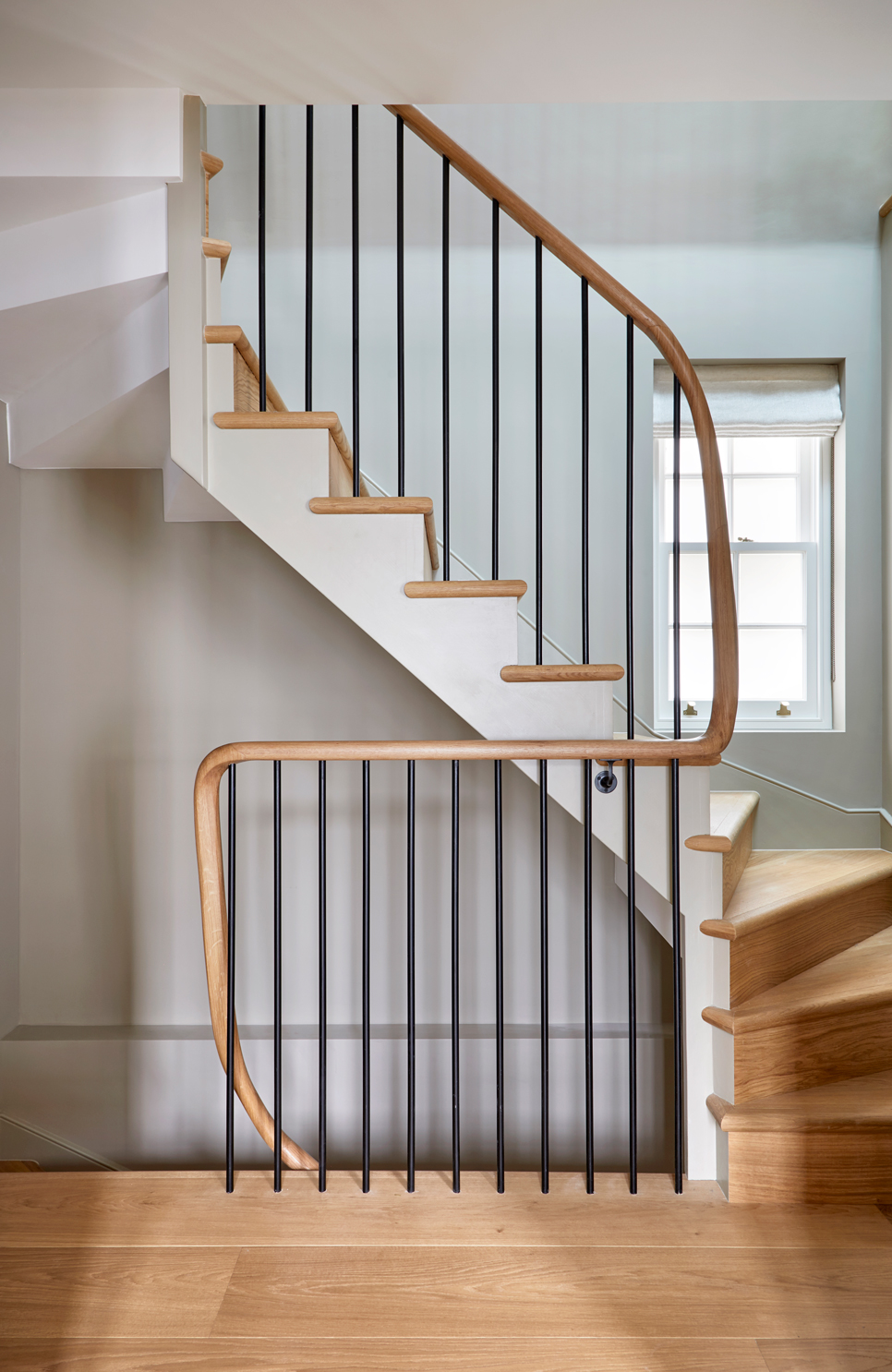

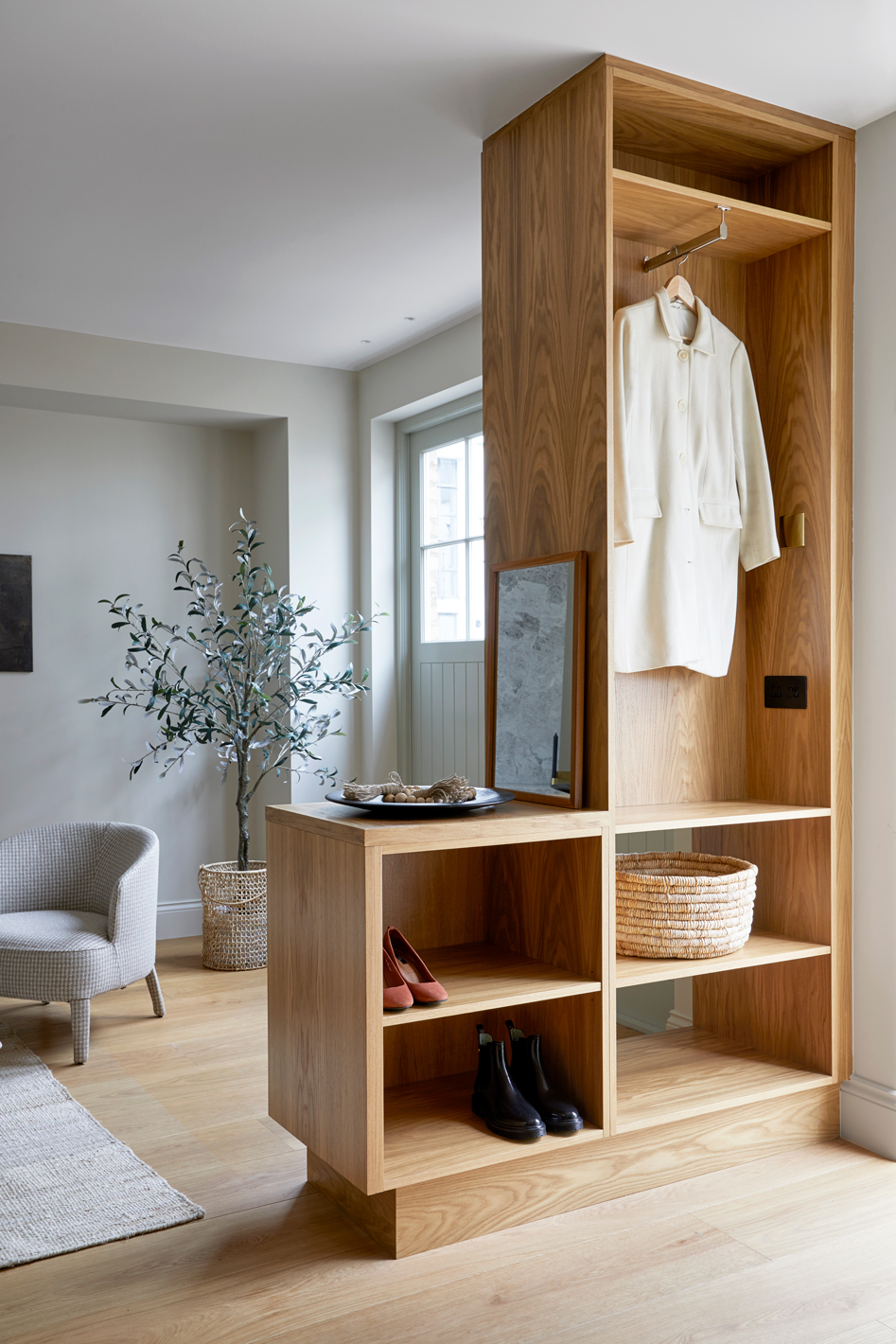
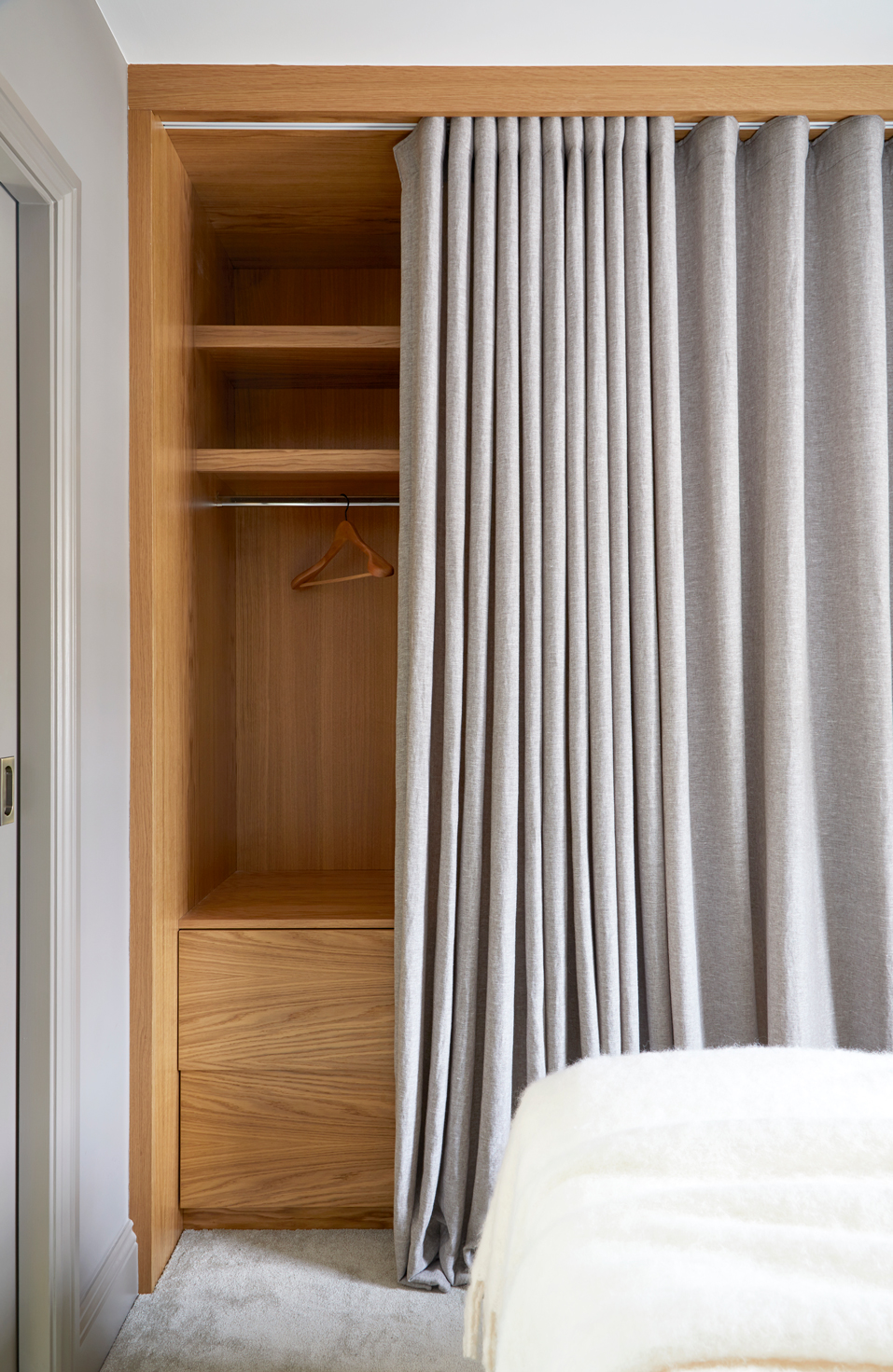
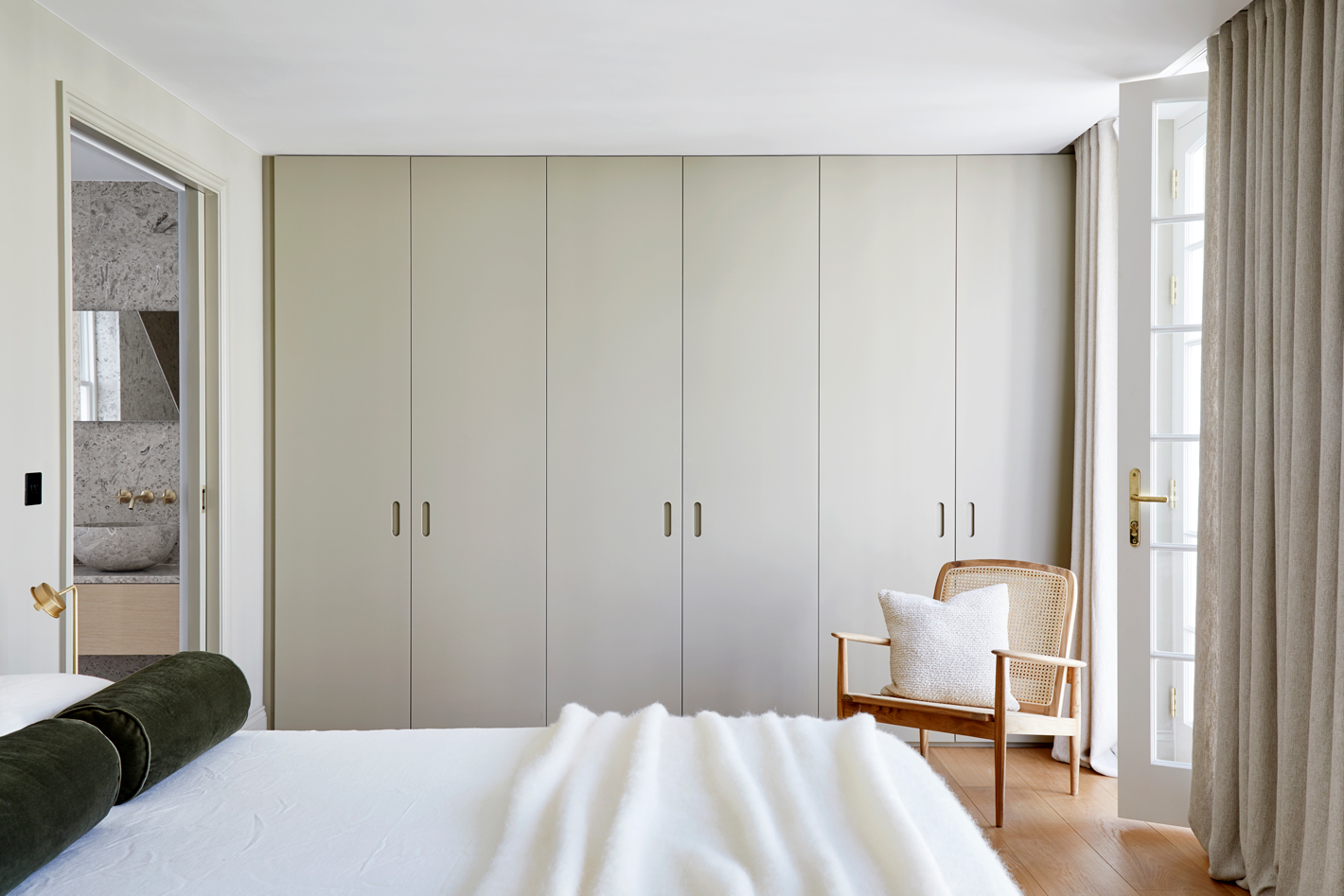

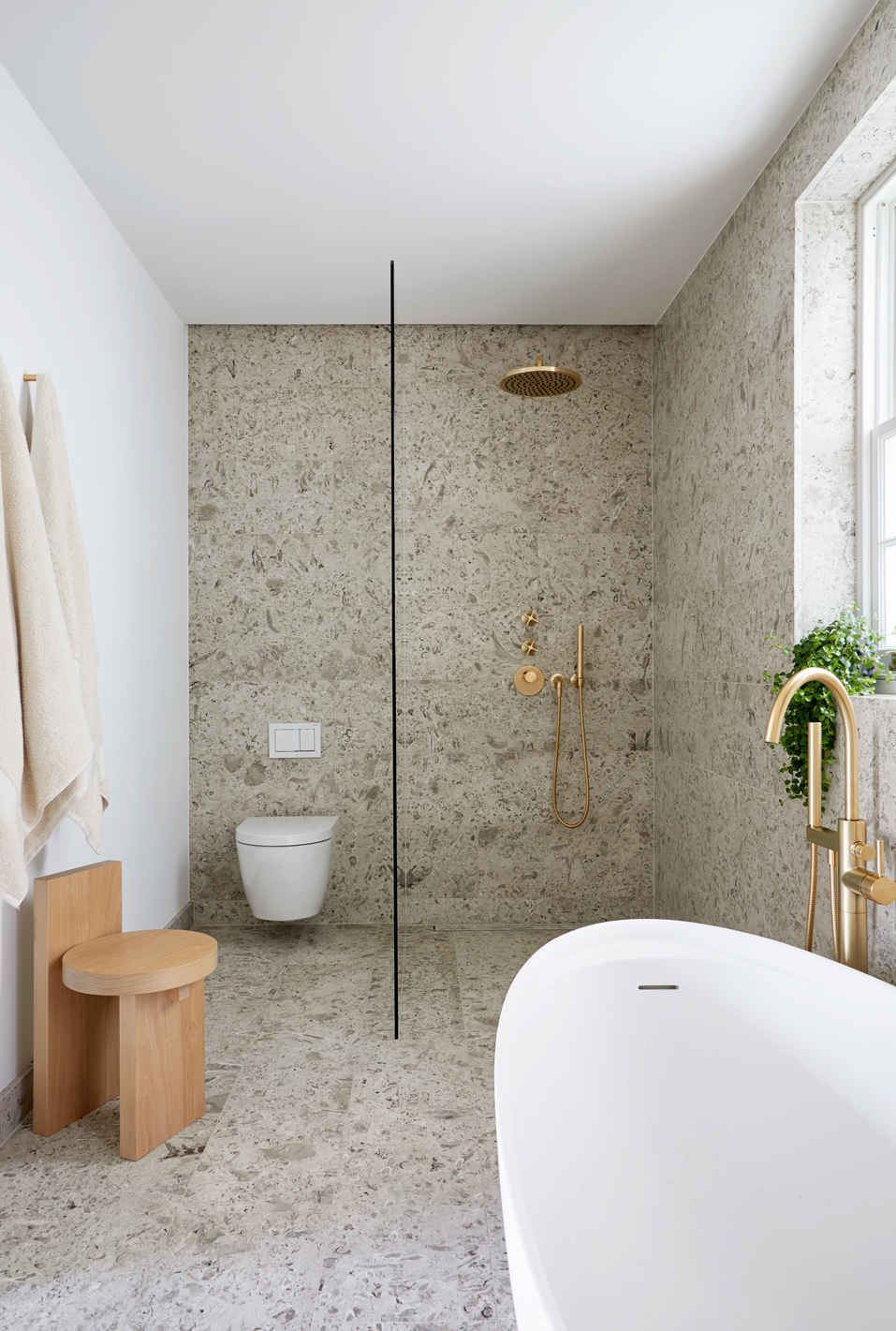
INFORMATION
Receive our daily digest of inspiration, escapism and design stories from around the world direct to your inbox.
Ellie Stathaki is the Architecture & Environment Director at Wallpaper*. She trained as an architect at the Aristotle University of Thessaloniki in Greece and studied architectural history at the Bartlett in London. Now an established journalist, she has been a member of the Wallpaper* team since 2006, visiting buildings across the globe and interviewing leading architects such as Tadao Ando and Rem Koolhaas. Ellie has also taken part in judging panels, moderated events, curated shows and contributed in books, such as The Contemporary House (Thames & Hudson, 2018), Glenn Sestig Architecture Diary (2020) and House London (2022).